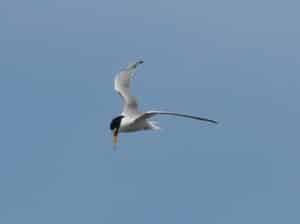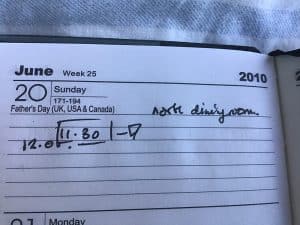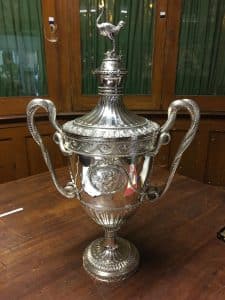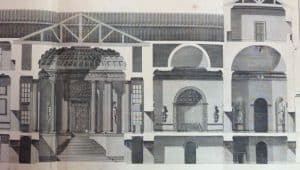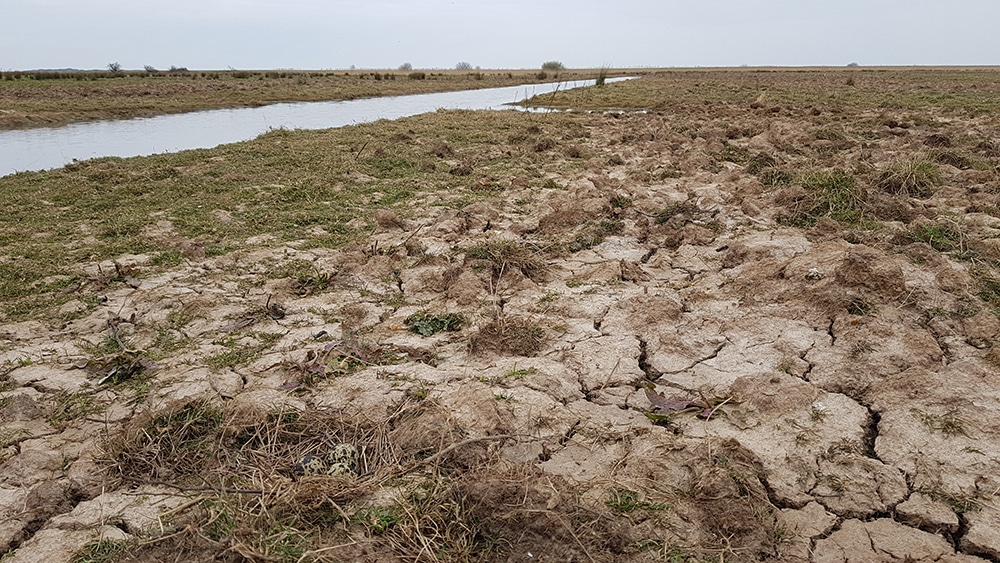
Monitoring the Bird World on the Holkham National Nature Reserve
April 28, 2020 | Holkhome | 2 minute read

After the long winter months, spring can’t come soon enough for the wardens on the Holkham National Nature Reserve. Spring is the time when the birds start to get down to the serious business of the breeding season and we have the job to follow and record their progress through the season.
The season starts as early as mid-March with the early nesters. The most distinctive of these is the bittern, a large brown stripy heron that breeds in the reedbeds at Burnham Norton and Burnham Overy. Their foghorn-like booming call can be heard on calm evenings
April is the time when the breeding season really get underway. Once the weather warms and the days get longer our days are spent on the marshes monitoring the progress of the breeding birds. All of the lapwing, redshank, oystercatcher and avocet pairs and nests are located and the ditches and are walked to count the duck broods.
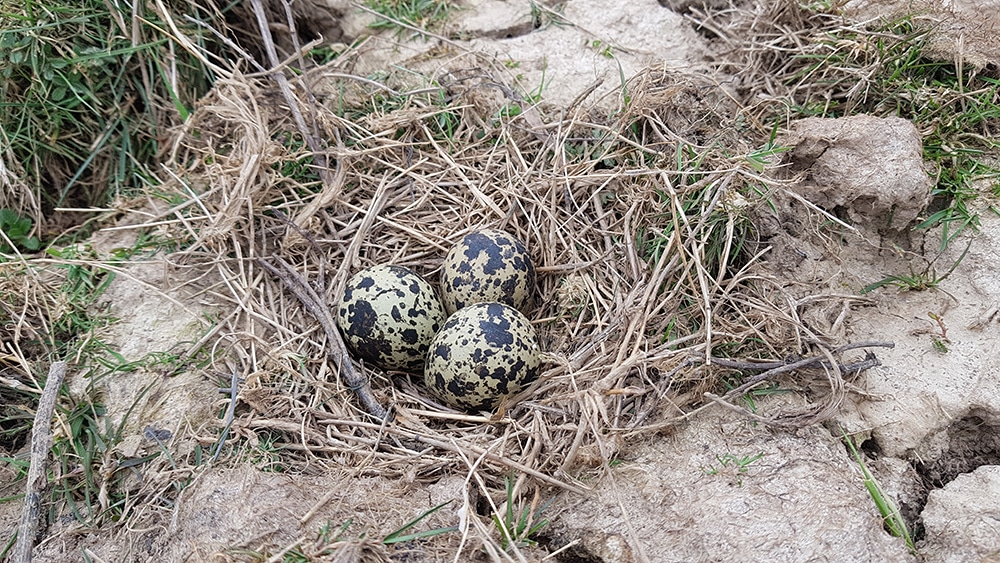
Lapwing nest with eggs
Many of our rarest breeding birds can be found along the shoreline between Wells and Burnham Overy. Small colonies of declining little terns, ringed plovers and oystercatchers can be found dotted along the beach with all of these locations protected using signs and cordons in an attempt to reduce disturbance. With the enforced closure of the beach car parks it will be interesting how the birds react to the lack of disturbance. Already we have seen ringed plovers nesting in Holkham Gap where they have never done before.
All this information is vital. It enables us to track the fortunes of our key species across the years but it also allows us to watch how the birds react to the habitat improvements.
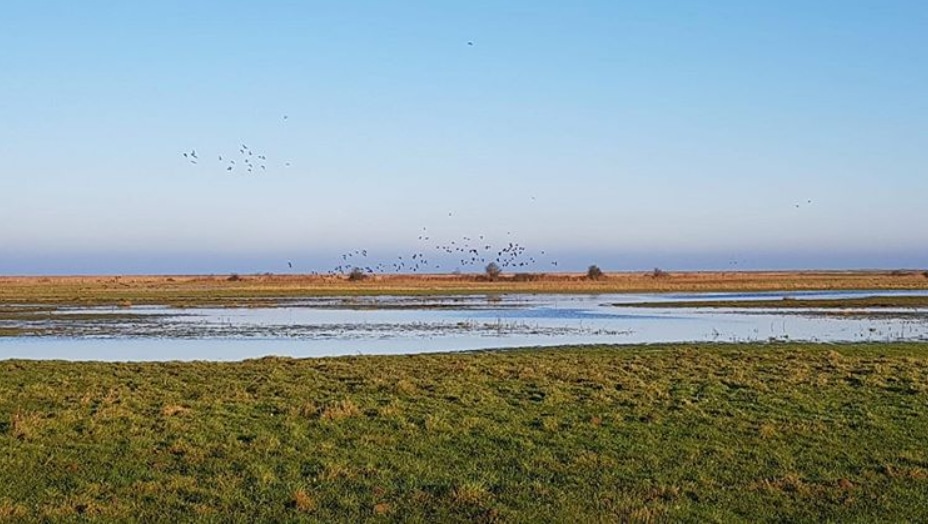
Norton Marsh looking just right for the breeding season
View all latest blog posts here.
Back to Journal Back to Journal